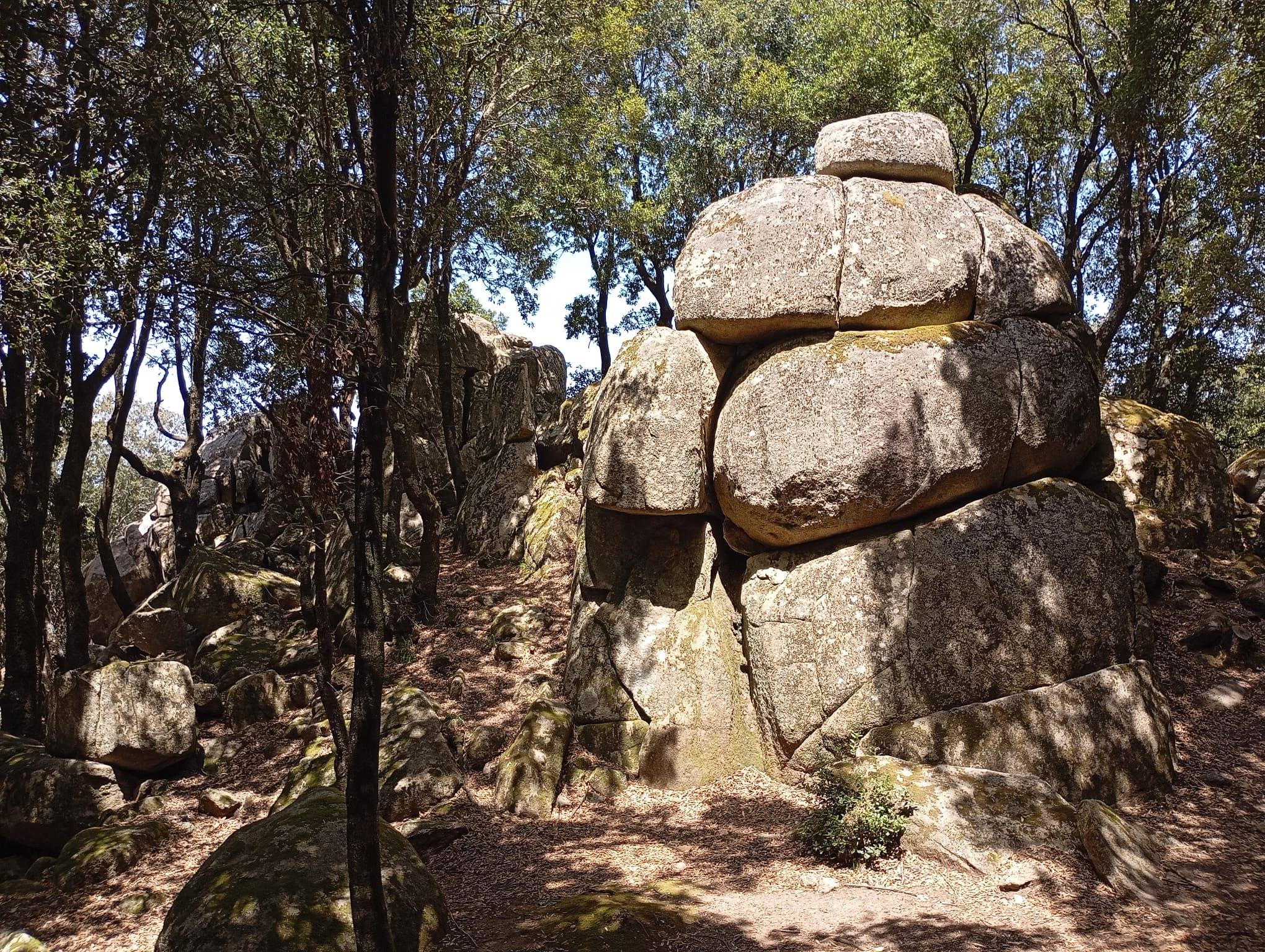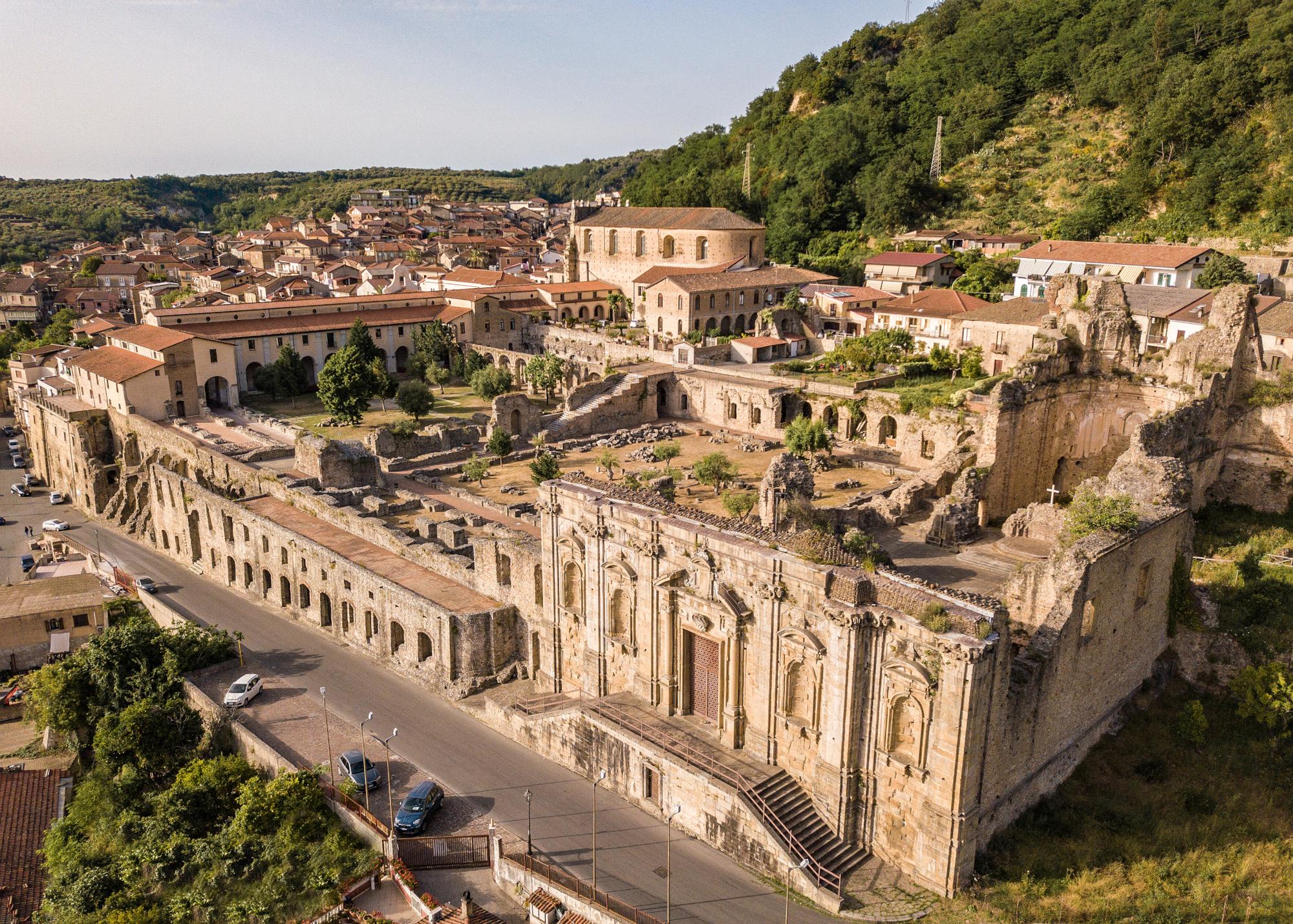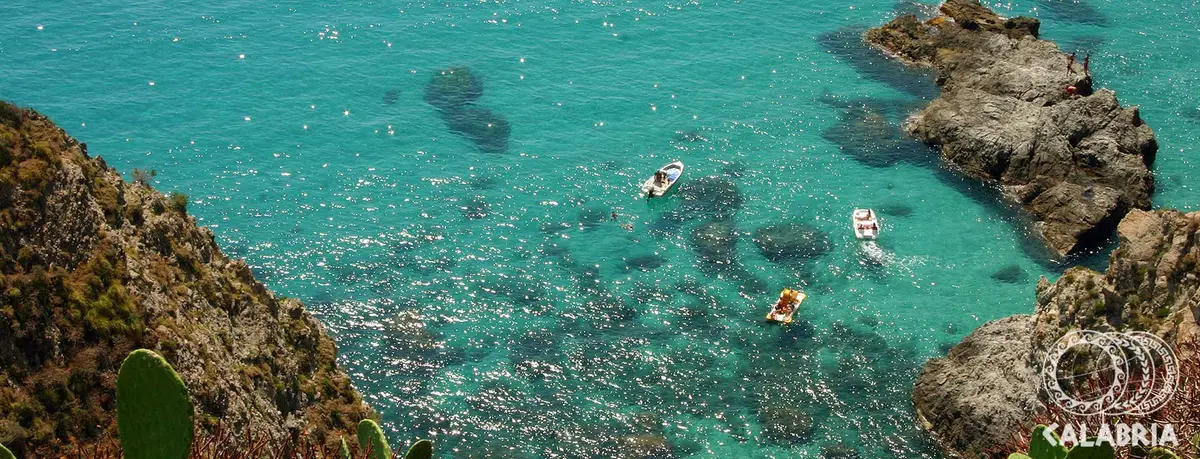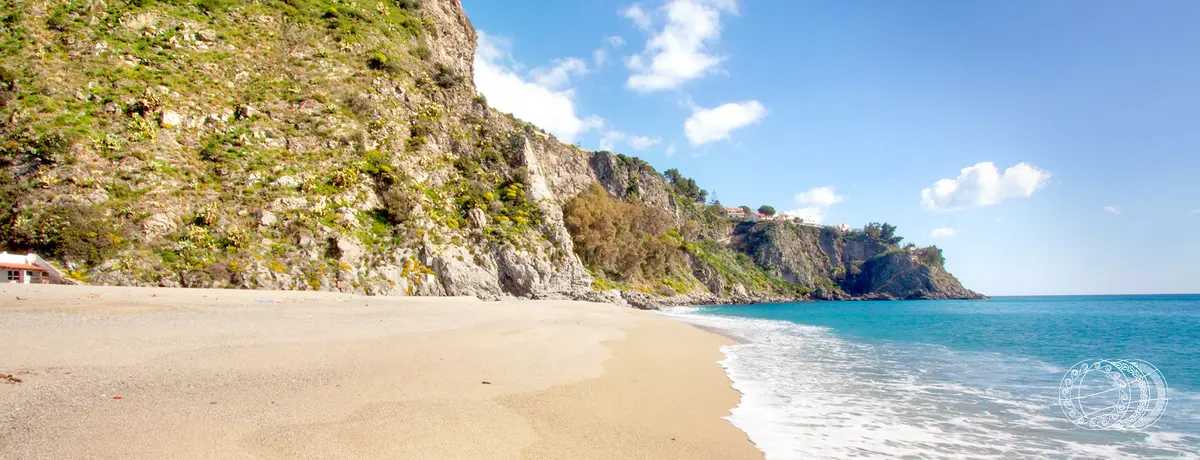Itinerary in the territory of the Serre Regional Natural Park
On the Serre Calabresi (VV) trail: nature, spirituality and ancient crafts

Naturalistic
Laghetto del Sambuco, Mongiana - Vincenzo Stranieri
Travel information
Category
Naturalistic
Target
For all
Ready to experience an excursion surrounded by greenery and the traces of ancient mountain communities? Come and discover the itinerary through the woods of the Serre Calabresi, in the province of Vibo Valentia.
A route that crosses the entire Serre Regional Park, an area rich in faunal and vegetal variety, inhabited by communities that keep alive local traditions, typical cuisine and devotion to the monastic orders of San Bruno and San Domenico.
Let's discover together the villages of the Serre Calabresi to visit and the 12 official paths, to be followed according to your naturalistic and cultural interests, choosing from:
- Rings on the Alaco
- Bellavista Ring
- Archiforo
- King's Beech - Abate Pass
- King's Beech - Hope
- Ferdinandea - Marmaric Waterfalls
- Ferdinandea - Lacina
- Lacina - Lu Bellu
- Pecoraro - Lu Bellu
- The Brigand's Paths
- The Baroness' Ghost Trail
- Frassati Path
As you walk, you come across the typical fauna of the Serre Calabresi (the wolf, which has recently returned to colonise the area, the italic deer, porcupine, wild cat, marten, wild boar and badger), in an undergrowth that smells good all year round, offering local mushrooms, chestnuts, strawberries and blackberries.

Charterhouse and Hermitage of San Bruno

The megaliths of Calabria's "Stonehenge"

Bourbon Calabria: the Ironworks Ecomuseum

From the Ariola Nursery to the land of "pignatàri"

In the places of San Domenico and the earthquake




